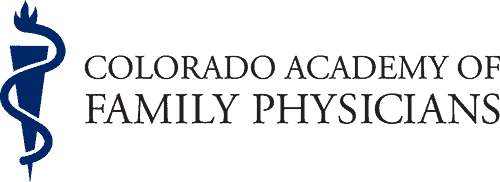Opioid Manufacturers Offer Financial Settlements to Avoid Court
By Riley Stanton, CAFP Communications and Marketing Intern
The manufacturers of opioid painkillers aggressively marketed their products in the 1990s, exaggerating the benefits and downplaying the risks, while simultaneously lobbying lawmakers to make it easier for patients to receive the drugs. Even as the rise in addictions, overdoses, and opioid-related deaths became apparent, the top drug manufacturers continued to market their products. In some locations, distributors supplied more bottles of opioid pills than people living in the area, a clear indicator the drug would be misused.
While major pharmaceutical manufacturers fueled the opioid addiction crisis in the beginning, foreign drug cartels are profiting by creating an influx of cheap heroin and fentanyl. It is estimated 21-29% of people prescribed opioids for pain will misuse them, and 4-8% of those who misuse their prescribed opioids ultimately transition to heroin, a cheaper and more accessible alternative.
Combatting this crisis and ensuring effective treatment is available to those affected will be very costly. The American government is putting financial and labor resources to work to create solutions to the problem. The National Institute on Drug Abuse, as part of the National Institutes of Health, launched the HEAL (Helping to End Addiction Long-Term) Initiative in April 2018. The goal of the initiative is to increase research that addresses this public health emergency by collaborating with experts from nearly all 27 NIH Institutes and Centers through $945 million in grant funding or contracts. While the NIH HEAL Initiative will help move us in the right direction, it is still not enough to end the epidemic.
Until recently, pharmaceutical manufacturers, distributors and retailers have avoided taking responsibility for their role in the opioid epidemic. Some of the largest manufacturers and distributors are settling with city, county, and state governments to avoid court. However, these financial agreements often include terms that absolve them from admitting any wrongdoing.
- On October 1, Johnson & Johnson settled with two counties in Ohio (Cuyahoga and Summit) for $20.4 million, of which $5.4 million is set aside for opioid-related non-profit programs. Under the agreement, the health-care giant makes no admission of liability.
- In September, Purdue Pharma (who makes OxyContin) reached a deal with 2,300 local governments in 23 states with an expected payout of $3 billion in cash and directs any future revenue from the sale of OxyContin to be put in a trust that will help communities most affected by the opioid epidemic. This is in addition to the $270 million settlement Purdue and the Sackler family, who own Purdue Pharma, made with the state of Oklahoma in March of this year.
- In May, McKesson, a drug distributor, settled with the state of West Virginia for $37 million. An initial $14.5 to be paid immediately, followed by an additional $4.5 million each year through 2024.
What can you do as a physician? Stay up to date on the best practices for the treatment of pain and recovery from addiction. The Colorado Consortium for Prescription Drug Abuse Prevention is an excellent resource for both patients and providers. They offer provider education such as SCOPE of Pain: Safer/Competent Opioid Prescribing Education, for which you can get AAFP CME credit. The next live session will be Tuesday, October 22nd at 5 PM on the University of Colorado Anschutz Medical Campus. You can also use their dashboard to see how your community compares to the state in opioid prescriptions, ER and treatment admissions, as well as deaths.
References
https://www.scopeofpain.org/core-curriculum/live-conferences/index.php
https://www.washingtonpost.com/national/2019/07/20/opioid-files/
https://public.tableau.com/profile/omni#!/vizhome/RXConsortiumdashboard/Readmefirst
